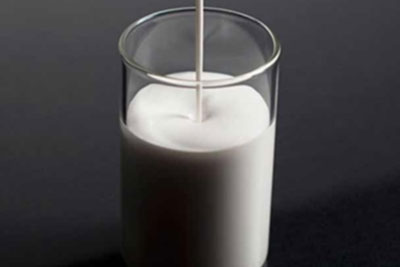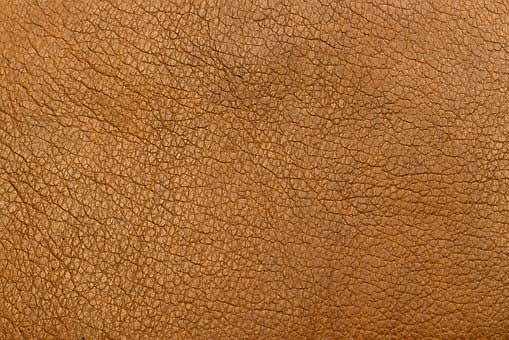Inherent Matt Waterborne Polyurethanes
Besides well-known and excellent properties of the waterborne PU, a coating thereof has particularly important optical properties. In general, a matting coating can be obtained by adding an extra matting agent. However, an disadvantage of matting agents is failure to form a continuous film and along with poor transparency of the coating film; moreover, matting agents are not fixed firmly because of incompatibility thereof with organic polymer components in a coating; therefore, these matting agents can flake off the coating relatively easily, so that surface finish increases over time and an ideal matting effect is lost gradually. In addition, addition of an extra matting agent shows some disadvantages during use in a waterborne coating system, such as thickening, sedimentation, agglomeration, decreased physical properties of the coating film, heterogeneous surface photoeffect of a material.
Currently, inherent matting aqueous PU resin is urgently needed on the market. In an aqueous PU dispersion, particles have to possess a relatively large particle size and a wide particle size distribution; after film formation, the coating film has a trace of particles and forms a rough finish, in order to obtain a low-gloss coating surface.
The inherent waterborne polyurethane coatings have soft touch, excellent matting performance, excellent light fastness, abrasion resistance, hydrolysis resistance and high physical properties.
(Click the name of the products to find their TDS. All are based on aliphatic isocyanates except as labeled)
| Sales Grade | Types | Solid Content ( % ) | Gloss at 60° | NMP | Characteristic and Applications |
| Matt-PUD-1901S | Ether+Ester | 32±1 | ≤0.5 | Free | The coating with soft touch and excellent matting performance. It has excellent abrasion resistance, and good water resistance. |
| Matt-PUD-1907S | Carbonate | 32±1 | ≤0.6 | Free | The coating with soft touch and excellent matting performance. It has excellent adhesion, excellent weather resistance, and good mechanical properties. |
| Matt-PUD-1910 | Carbonate | 32±1 | ≤0.6 | Free | The coating has excellent light fastness, abrasion resistance and hydrolysis resistance. It has excellent adhesion and high physical properties. |





